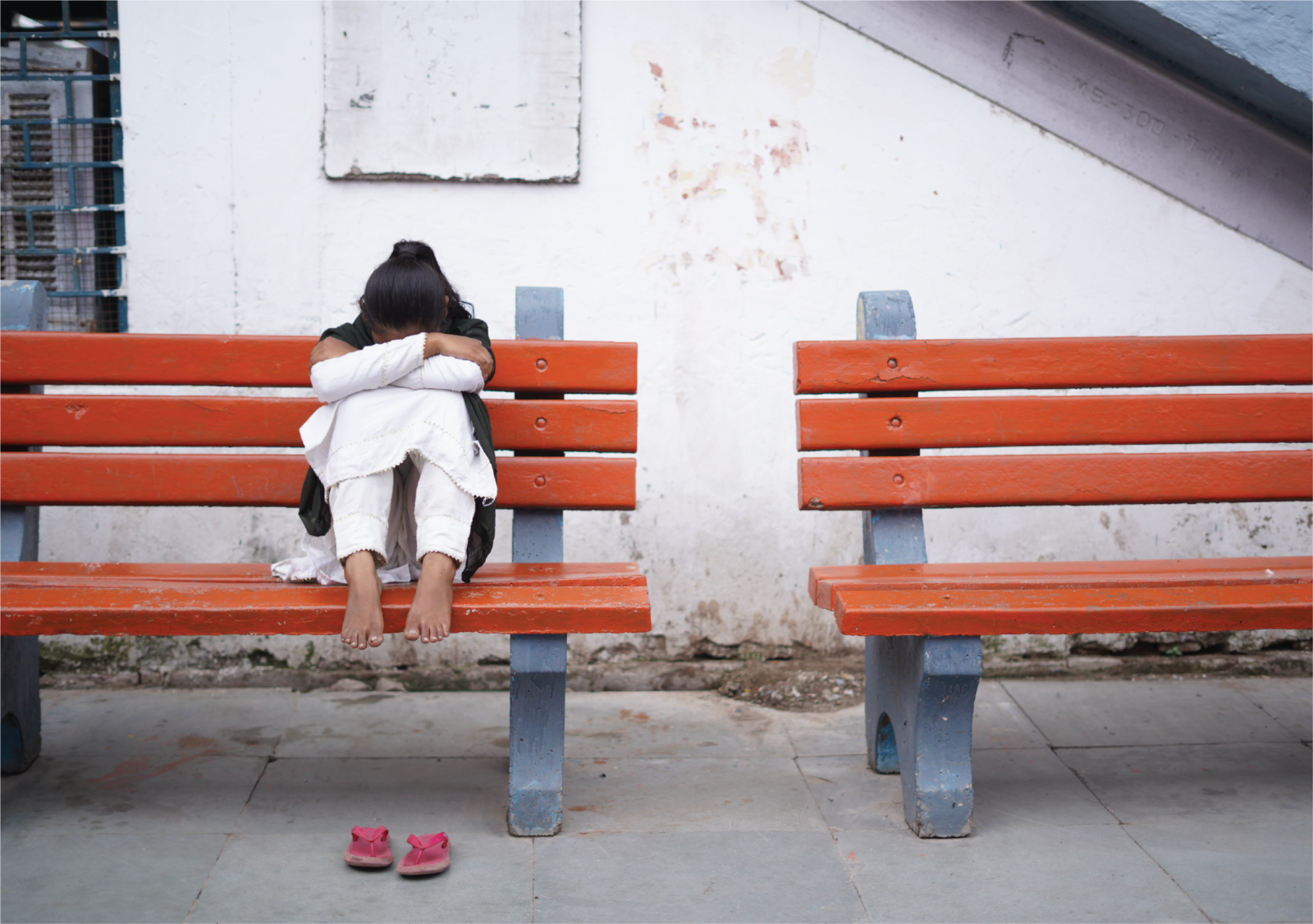Vaccination having fuelled our march to normalcy, 2022 became the year of returning to a life that was, one-step at a time. However, the long-standing effects of the pandemic that ravaged social and economic statuses everywhere, sparing no country, continued to leave a deep imprint on multiple facets of society. Right from Taliban’s brutal attack on girls’ right to education and the dilemma of war coverage for children to diseases wreaking havoc and genome screening entering the picture, 2022 witnessed myriad events that have set the trend for 2023. Here, with the help of some of The Economist’s insightful pieces, we have captured these very trends, with the aim to urge parents and policy makers alike to take note of them and venture into the new year cognizant of their ripple effects.
1. Covid babies – the pandemic’s enduring effect on young children
Extensive coverage about the increased rates of malnutrition and the disrupted network of community caretakers, such as ASHA and anganwadi workers in India, did draw national and global attention. However, the potentially long-lasting effects of these changes did not receive the limelight that they merit. Today, they serve as a trend reminiscent of the multiple enduring effects that continue to harm toddlers.
2. Malala propounds for why girls need to be free to learn – and to lead
With the ban on university education for girls and the return of draconian laws dictating modesty, Afghanistan was once again in the spotlight, pleading advocacy from human rights activists and agencies across the world. Malala, a torchbearer of education for girls, expressed her plea in The Economist, making a case against the trend that is set in motion yet again.
3. Girls leapfrog in learning, giving rise to a burning question
In the wake of the aforementioned news, it became clear as daylight that girls are deprived of basic rights more than boys are likely to be. However, the story doesn’t end with boys attending school more than girls. It took a deep dive into their learning patterns to discover a trend among male students.
4. Grandparents galore – families welcome wisdom and warmth
With people’s life expectancy seeing a gradual increase, a positive trend is on the rise globally. Families are now opting for fewer babies, which coupled with longevity among the populous, is allowing more and more individuals to embrace the role of grandparents. Families with living grandparents are proven to offer a holistic environment for children and young adults to learn more about their culture. Yet another positive trend that has stemmed from this is that more women in metropolises are taking up and venturing out for work.
5. Precaution trumps prevention? – the debate over genome screening for new-borns
Medical practitioners and researchers globally are promoting genome sequencing of new-born infants, with the prospect of screening for over thousands of disorders. While the well-researched future advances are aplenty, the arguments about privacy and potential misuse of data have started conversations about the advantages and drawbacks of this new-age trend.
6. Is there a way to cover war for children?
Children make for television’s most curious audience members, seeking answers to all the images and reports presented before them. With this in mind, “Newsround”, a BBC children’s programme, kickstarts a noteworthy trend of war coverage for children. It may be tempting for both presenters and parents to shy away from sharing news of war-ravaged countries; however, given their haunting reality, it may not be the wisest choice. Use of wide shots instead of harrowing close-ups, as seen in the aforementioned BBC program makes for an interesting example.
7. Are we viewing education as a global emergency?
Sure, the pandemic necessitated an immediate closure of schools to prevent the spread of Covid among immunocompromised children. In a display of poor planning, however, schools across countries delayed the reopening of schools, despite evidently lower risks of infection. This led to a significant learning loss for scores of children, especially in developing, low-income countries. This distressing post-pandemic trend needs urgent undoing by policy makers in the coming years.






